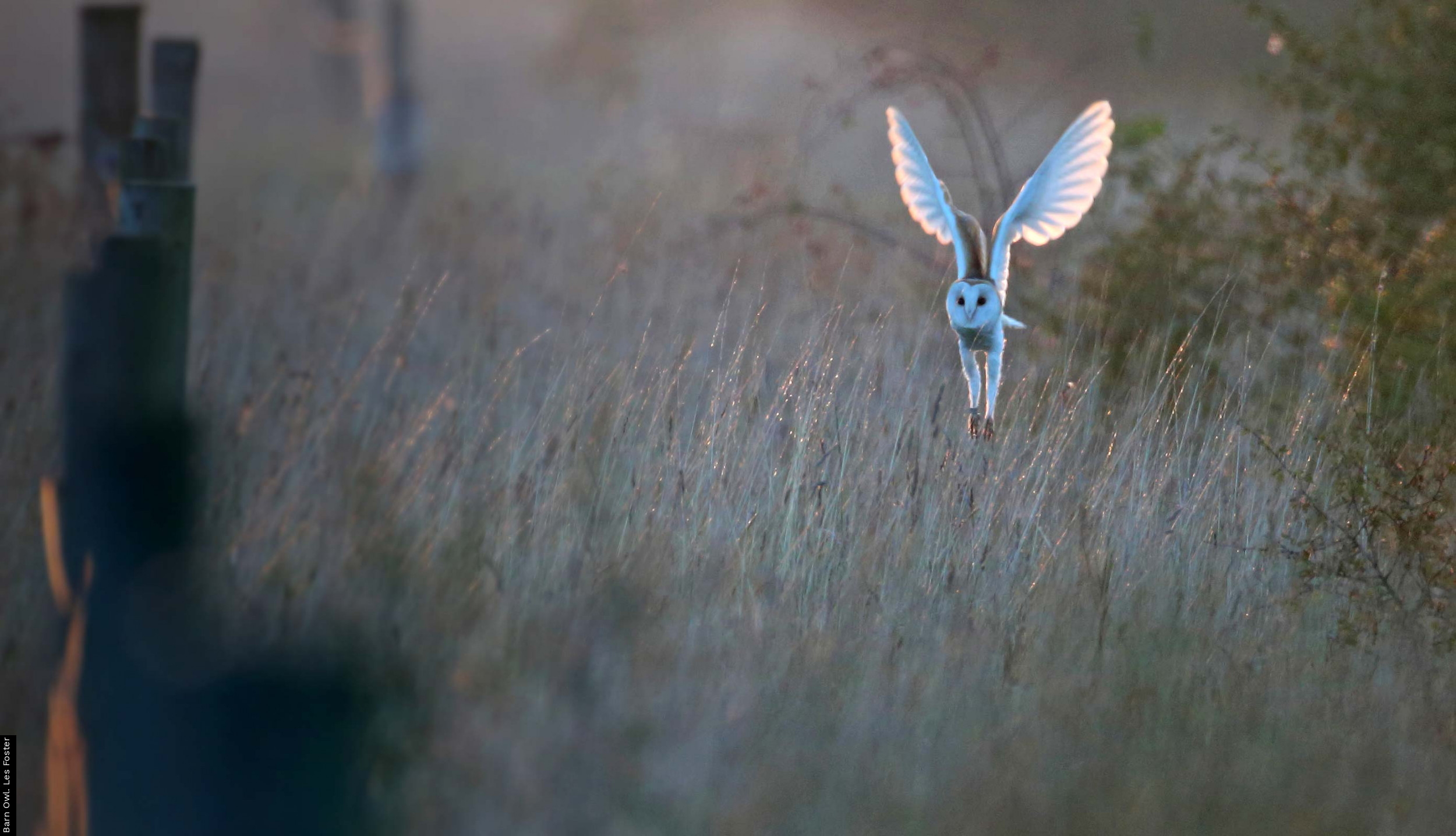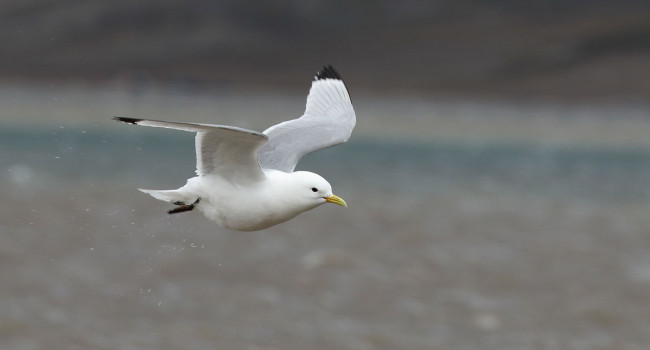Columbidae - Pigeons
This is a large family of some three hundred species, most of whom are found in the tropics, though representatives are found worldwide outside the polar regions. They are good fliers and have colonised many island groups, where they often evolve into distinct species. The distinction between pigeons and doves is not a taxonomic one and the same species may be referred to as a pigeon or a dove in different parts of their range, though on the whole, the term dove tends to be used for the smaller and more delicate species.
Most pigeons of temperate latitudes are seed-eaters, while a good proportion of tropical species feed on fruit. Most species are soberly coloured in browns or greys, but some of the tropical species sport a brighter dress; in general, the sexes are similar. The breeding season is extended with pairs laying many clutches (in Britain, a few pairs are recorded breeding in November and January each year) and in the tropics breeding occurs all year in response to fruit availability. Pigeons are famed for their homing ability - even as recently as World War 2, pigeons were used to carry messages back to base. Far from home, the birds use the sun as a compass and they are able to compensate for its movement across the sky, closer to home it seems they use local landmarks to navigate.
Pigeons are found in cities the world over; most of these are derived from the Rock Dove. Such has been the success of the feral, or city, pigeon that it seems unlikely whether any true rock doves remain, at least in well-populated countries such as Britain. Interestingly, the feral pigeon is very much a bird of urban areas only, even in London the Woodpigeon is much more widespread, as found by the London Bird Project.
Regularly Occurring Species
Rock Dove
Stock Dove
Woodpigeon
Collared Dove
Turtle Dove
Occasional Visitors
Oriental Turtle Dove
Mourning Dove






Share this page